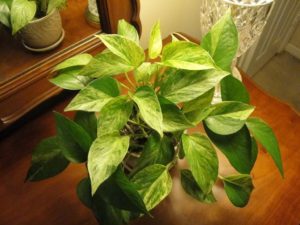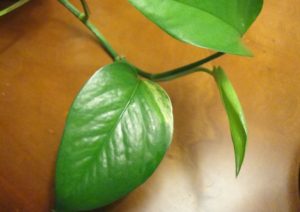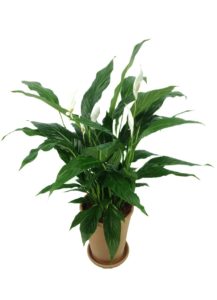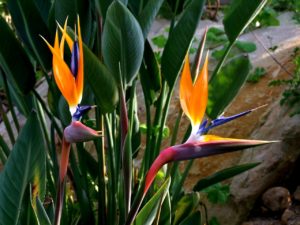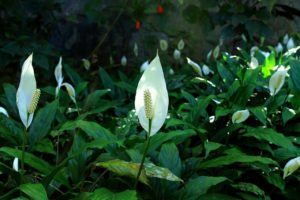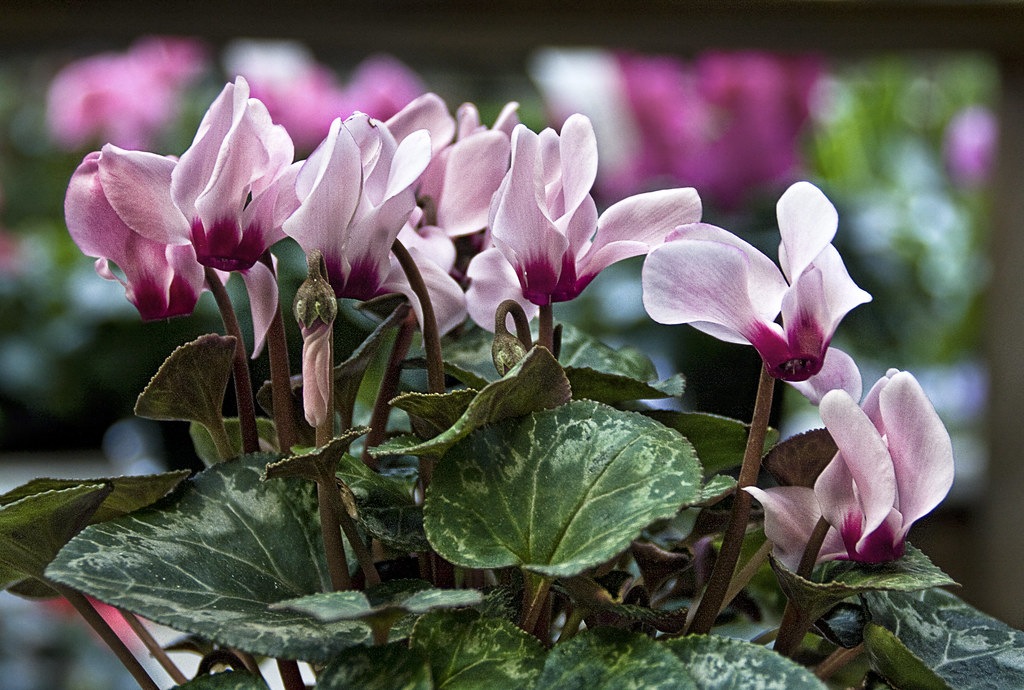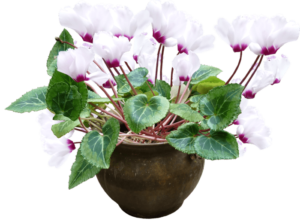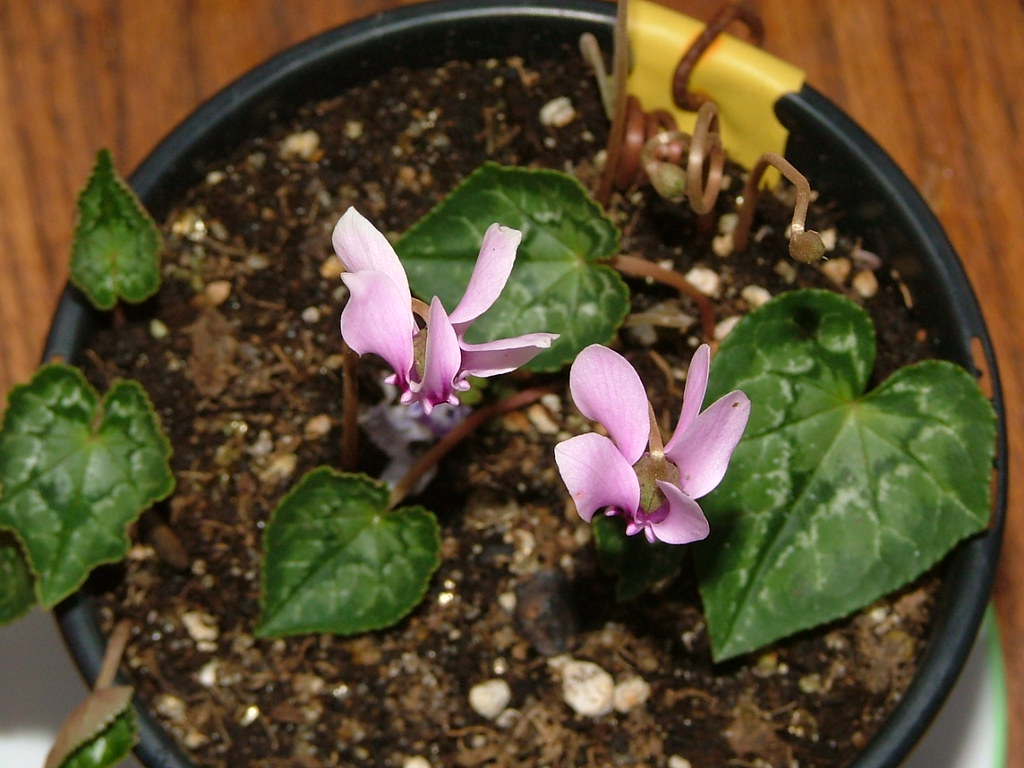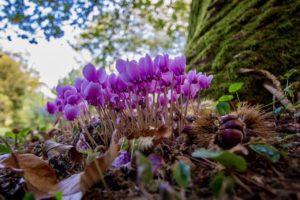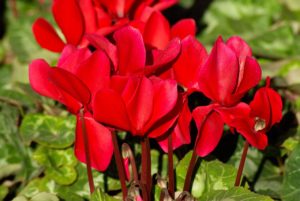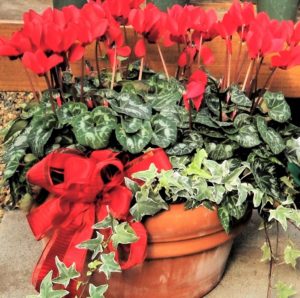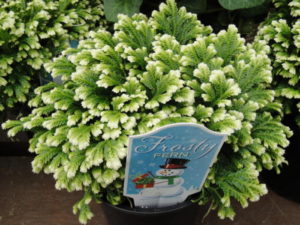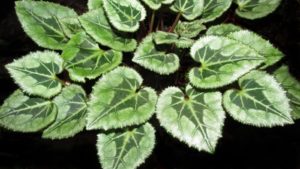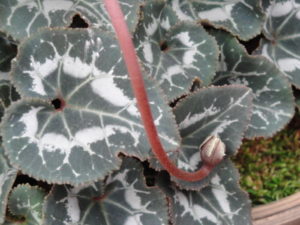2021
Of Pothos and Pandemics
The Year 2020 was one like no other. The threat of catching Covid-19 or the fear of passing it to others altered our lifestyles as nothing before had ever done.
Restaurants closed, schools closed, parking lots and streets were empty. People lost their jobs, businesses failed, and many tried to remotely fulfill the demands of work while caring for children at home. The U.S. Centers for Disease Control claims that over 500,000 people died, as of this writing, of or with Covid-19 since the pandemic began just over a year ago. Tragically, many of us lost friends or family members.
As vaccinations increase and infection rates decrease, some schools are opening their doors and life is inching back to normal. The pent-up demand for things we denied ourselves will heat up the economy this year—travel, lunches out with friends, shopping at brick and mortar stores…
The Joys of Gardening
Horticultural trade magazines report anywhere from 15 million to 30 million newcomers, last year, to the joys of gardening in the U.S. That’s huge!
Most garden centers got off to a dismal start last spring. But they more than made up for it as online ordering and curbside pick-ups became the new norm. Those where states deemed these companies “essential” were permitted to stay open.
Since we were spending more time at home, many chose to make their living spaces more comfortable. So, they upgraded kitchen counters or replaced drafty windows with a super-energy-saving model. Maybe you painted the family room one of those modern colors you’ve been wanting.
Psychological Well-Being
We also spruced up the landscape and brought home a few houseplants to brighten our indoor spaces. A strong connection between nature and our psychological well-being has been reported for decades. You don’t think so? Take a couple of your houseplants to work, if your desk is bare (of living things). Or buy an easy-going pothos and a pretty pot to put it in and see if your mood lightens.
A School Experiment
In 1999, while in Maryland, I planted a new landscape near the main entrance of a public middle school. No, this was not your run-of-the-mill row of sheared yews and a shade tree. Instead, I planted dwarf evergreens (varieties of cedar, chamaecyparis, and pine), a few ornamental grasses, and other plants in a large garden surrounded by paving. This garden surely would welcome the addition of a bronze timberwolf, the school’s mascot, if it shows up. Boulders and sculpted ground enhanced the impression, embellished with a few drifts of seasonal color. No need to water, as Hurricane Floyd moved in as I was finishing up!
The school’s principal enjoyed it so much that she asked me to plant an area near the teachers’ entrance, in the back of the building.
For the new garden, I dug out the old grass and weeds, and mounded up the improved soil for a gorgeous laceleaf Japanese maple, masses of ground covers and perennials, daffodils, and easy flowering shrubs. This new landscape covered large areas on both sides of the sidewalk leading to the entrance.
A young teacher approached me, and freely expressed his opinion that this project was “a complete waste of money”. I asked him to let me know if he felt the same way after the installation had been completed.
A few weeks later, while I was inspecting the garden, he spotted me and shared a few thoughts. Not only had he changed his mind, but he also started projects in his own garden. He said he wasn’t sure why, but that he “just liked walking through the garden” at the school—gently embraced by something beautiful and soothing. This is why parks and botanical gardens are so inviting.
We might not be able to define the effect, but it certainly leaves an impression. That’s the power of living with nature, and one gold star for Kim!

Four kinds of pothos, clockwise from top left: golden, ‘Marble Queen’, ‘Pearls and Jade’, and satin.
Getting Back To Work
As employees move back to the workplace, I’m willing to bet that some of their new plants will be clocking in as well. Research has shown that we become calmer, and more focused, productive, and cooperative when nature is close to us. An office devoid of living plants feels sterile, unwelcoming, with no place to make a hasty retreat, as the northern cardinals do when they’re disturbed at the bird feeder.
Try starting with an inexpensive plant that every garden center sells. A small pothos (poe’ thoss) costs only a few dollars. It used to be known as Scindapsus aureus, but the botanical name has been changed to Epipremnum aureum.
Several varieties can be found in garden centers or from specialty nurseries. The adaptable golden pothos and white-variegated ‘Marble Queen’ have been around for a long time. Two others with gray-green and white markings, ‘N’Joy’ and ‘Pearls and Jade’, are more recent introductions. ‘Neon’, with brilliant yellow-green leaves, is aptly named. And there’s ‘Harlequin’, with starkly contrasting deep green and crisp white foliage.
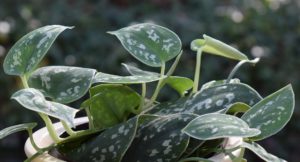
Silver pothos.
Variegation appears as streaks, spots, and margins in colors that contrast with the background.
Among the satin pothos (also called silver pothos) in the species Scindapsus pictus, several varieties sport glittery sliver markings (photo, right). ‘Argyraeus’, ‘Exotica’, and ‘Silver Ann’ have varying amounts of silver in their leaves. This species exhibits “reflective variegation”, where the silvery parts glimmer in the light due to air spaces below the upper layer of the leaf.
Family Traits
Pothos is related to philodendron, peace lily (Spathiphyllum), Chinese evergreen (Aglaonema), Alocasia, Anthurium, dieffenbachia, nephthytis, and many other aroids. Caladium and Colocasia, the elephant ears, are popular outdoor foliage plants for warm summers.
Species in the Araceae family evolved as vines and understory plants in primarily tropical and subtropical latitudes of southeast Asia, the western Pacific islands, Africa, Australia, and the Americas.
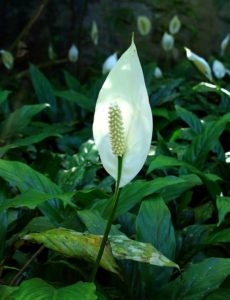
Spathe and spadix of peace lily.
All have characteristic spadix flowers. The vining species must climb in order to develop adult foliage. At that stage, the large leaves are often lobed rather than heart-shaped. It’s only then—when plants mature—that pothos can flower. The inflorescence is composed of a spadix, with true flowers, surrounded by a leaf-like bract, called a spathe.
Although pothos rarely flowers indoors, other aroids will bloom if given good care. Their flowers are attractive and might be lightly scented, as in Spathiphyllum and anthurium. For most species, though, we ordinarily snip off the blooms to conserve energy. Flowers of certain members of the arum family, including early blooming skunk cabbage, are thermogenic; they can produce heat to melt snow and attract pollinators.
Aroids are toxic to animals, so exercise caution with children and pets. Calcium oxalate crystals in the cells irritate membranes. In natural habitats, this helps fend off animals.
Caring For Pothos Indoors
While living in Maryland, I kept a ‘Marble Queen’ pothos under a table lamp in a north-facing and fairly dim family room. This white-variegated plant grew in a 6″ pot sitting inside a decorative basket. A 12-watt compact fluorescent bulb, switched on for 4 or 5 hours in the evening, provided enough additional light for the plant to thrive in that spot for many years.
The plant received some indirect light from the windows several feet away. But, during the shortest days of winter, I kept the lamp on longer for this plant. For variegated plants, the more hours of light or the greater the intensity, the more vibrant the variegation.
Pothos is often recommended for areas with low light, but not by me. It often declines when grown in low light because it is more susceptible to problems associated with overwatering. Plants are less photosynthetically active at lower light levels, so they won’t use as much water. Try to give them direct sunlight in the morning or filtered sun for a few hours a day, particularly from fall to spring. Plants that don’t like too much sun in summer love it in the winter, and that helps dry the soil. Increasing your plants’ light levels should result in more robust growth, a stronger root system, thicker stems, and brighter color.
In a room with skylights, large unobstructed windows, and light-colored surfaces, enough indirect light will reflect around the room to keep pothos happy. Aim for at least very bright indirect light for optimal growth and health. A brightly lit office should be fine for pothos.
Leaves Turn Toward the Light
A plant’s leaves naturally turn toward a source of light in a response called phototropism. This occurs when hormones on the shady side of the stem cause those cells to elongate, rotating the leaf or turning the stem toward the light.
Turning the pot every week or so encourages even growth. A thriving plant growing against a wall or on a shelf doesn’t need to be turned, however, if you’re satisfied with its appearance. But a plant that keeps facing its pretty leaves away from you and toward a bright window might need to be turned for a more pleasing presentation.
When Leaves Turn All Green
New foliage can turn solid green, either temporarily or permanently losing the variegation, depending on the cause.
Stems with all green leaves grow more vigorously than variegated-leaved stems. The reason is simple. Deep green leaves have more chlorophyll, which steps up the amount of carbohydrate (food) formed during photosynthesis. And that means faster growth.
In a pot of pothos with several rooted stems, the solid green ones will compete more successfully than the slower growing variegated stems. Although a few green stems add contrast, I limit the number allowed to grow.
Loss of Variegation
In the photo above, only a small amount of variegation remains in this stem. If plant cells can no longer reproduce the white parts of the leaf, the rest of the stem will have all-green leaves. In this case, I chose to cut back the stem. The plant gets plenty of light, so that stem was going to stay green. If the stump sprouts solid green leaves, I’ll remove the entire stem down to the root.
Another case where leaves lose variegation is when the plant is growing in low light. The plant will try to make up for reduced photosynthesis from lower light levels by adjusting the amount of chlorophyll produced in the foliage. At some point, the plant will sacrifice older growth in order to feed its younger leaves. Nitrogen and certain other nutrients are mobile and can move to the new leaves at the tip, keeping it alive. Brighter light should improve variegation in new foliage.
Headings
Page 1: Of Pothos and Pandemics (The Joys of Gardening, Psychological Well-Being, A School Experiment), Getting Back To Work, Family Traits, and Caring For Pothos Indoors (Leaves Turn Toward the Light, When Leaves Turn All Green, Loss of Variegation)
Page 2: Watering Pothos (“How can I tell when pothos needs water?”, Let It Wilt, Feel the Weight, When Water Can’t Drain, Water Temperature, Guttation), Potting Up (Why the Soil Surface Drops Lower, Insects and Spider Mites, Time For a Bigger Pot, When To Repot, The Process: How To Repot Pothos), Pruning Pothos (Prune the Stems Short, Pinning Down Long Stems), Propagating Pothos (In Water, In Soil), and Fertilizing Pothos
